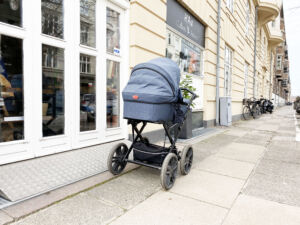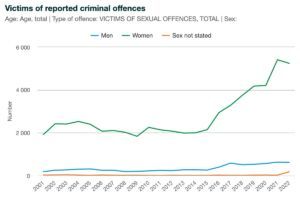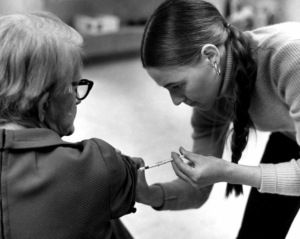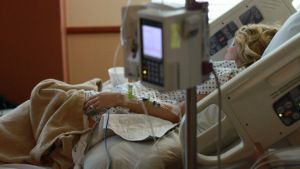News
More cats being diagnosed with Type-2 diabetes
This article is more than 9 years old.
Male domesticated house cats are particularly at risk
Apparently, it’s not just an increasing number of the world’s human population who are being diagnosed with diabetes. Our feline friends are also getting in on the act.
More and more cats are being diagnosed with Type-2 diabetes because they are eating too much and not getting enough exercise. Today, upwards of every second cat is overweight and not active enough.
A report from animal insurance firm Agria Dyreforsikring showed that the groups most at risk are male domesticated house cats. Compared to pure-bred cats, domesticated cats had a 20 percent higher chance of developing diabetes, and the risk is twice as great among males compared to females.
“A cat that has been diagnosed with diabetes can be treated, but it can be an expensive affair,” said Sonja Karaoglan, the head of Agria Dyreforsikring.
“The treatment demands patience, special diets and, in most cases, insulin injections. So unfortunately, we see many people without animal insurance who choose to put their cats down.”
READ MORE: More Danes abandoning their pets
Weight change
The report revealed that certain breeds – the Sacred Birman, Russian Blue, Norwegian Forest Cat and Abyssinian – are considered high-risk breeds, while the Bengal, Birman, Persian, Ragdoll and British Shorthair are low-risk breeds.
A cat with diabetes will drink and urinate more than usual and tend to lose weight despite eating normally.










































